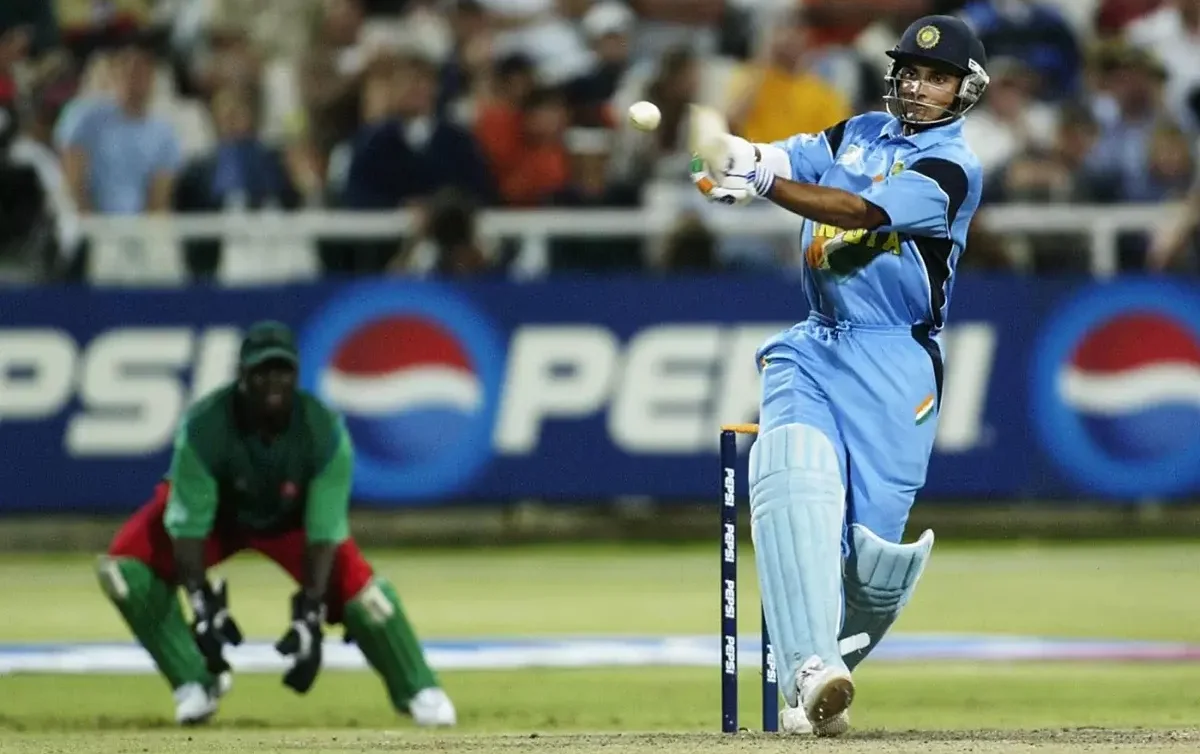Obstructing the field, a contentious and captivating aspect of cricket, encompasses a range of actions that impede the progress of play.
This enigmatic rule has garnered considerable attention due to its historical origins, instances on the field, and ensuing controversies.
By examining the significance and impact of this rule, we can unravel its complexities and shed light on its effect on the game.
In exploring what obstructing the field entails in cricket, we delve into a realm that demands scrutiny and analysis.
Key Takeaways
- Obstructing the Field is the act of deliberately impeding or interfering with the fielding team's play in cricket.
- It is one of the ten modes of dismissals in cricket and is covered under Law 37.1.
- The rule traces back to the early days of cricket and emerged as a specific law in the late 19th century.
- Instances of obstructing the field have sparked debates and controversies due to player intent and fair play principles.
Definition and Explanation of Obstructing the Field
Obstructing the field in cricket refers to the act of a batsman deliberately impeding or interfering with the fielding team’s attempt to make a play. It is considered as one of the ten modes of dismissals in cricket, specifically covered under Law 37.1.
The description of obstructing the field involves scenarios where a batsman intentionally obstructs either a fielder attempting to collect the ball or effect a run–out, or alters his/her running path without any valid reason.
Penalties for obstructing the field can vary depending on the level and context of play. In international matches, if a player is found guilty of willfully obstructing the field, he/she may be given out by umpires and dismissed from batting. However, it is important to note that unintentional obstruction does not lead to dismissal.
The rule regarding obstructing the field has evolved over time, with changes being made by cricket governing bodies such as International Cricket Council (ICC).
The history and origins of this rule trace back to traditional laws and customs associated with fair play in early forms of cricket.
These regulations were later formalized into written codes as cricket became more organized and standardized during its development as a sport.
History and Origins of the Rule
An examination of the history and origins of the rule reveals insights into its development within the sport of cricket.
The evolution of obstructing the field can be traced back to the early days of cricket, where it was considered unsportsmanlike conduct to intentionally block or obstruct a fielder from making a play.
As cricket became more organized and standardized in the late 19th century, rules regarding obstruction started to emerge in various forms.
However, it wasn’t until the 2000 edition of the International Cricket Council’s (ICC) Playing Conditions that a specific law on obstructing the field was included.
The inclusion of this law in international cricket regulations highlighted its significance as an integral part of fair play and sportsmanship.
It aimed to ensure that players do not deliberately hinder their opponents’ attempts to make a catch or run out by blocking their line or preventing them from reaching the ball. This rule has since been upheld and enforced by umpires during matches.
Transition: Understanding the history and origins of this rule provides context for examining instances and controversies surrounding obstructing the field without compromising fairness in cricket.
Instances and Controversies Surrounding Obstructing the Field
Instances and controversies surrounding the intentional interference with a fielder’s ability to make a play have sparked debates among cricket enthusiasts and experts.
Obstructing the field in cricket refers to an act where a batsman intentionally obstructs or hinders a fielder from making a play.
While obstructing the field is considered against the spirit of fair play, there have been instances where players have intentionally obstructed fielders in order to gain an advantage.
One notable controversy surrounding obstructing the field occurred during the 2017 Indian Premier League match between Kolkata Knight Riders and Rising Pune Supergiant.
In this match, KKR batsman Gautam Gambhir was given out for obstructing the field after he kicked away a ball that was thrown towards him by Steve Smith, who was attempting to run him out.
This decision divided opinions among fans and experts, with some arguing that Gambhir’s actions were within the rules while others believed it was unsportsmanlike behavior.
Another instance of controversy took place during an international match between England and Pakistan in 2006.
In this game, Pakistan batsman Inzamam-ul-Haq was given out for obstructing the field when he deliberately blocked a throw from England’s Paul Collingwood with his bat.
This decision also generated heated discussions as some questioned whether Inzamam’s intent was intentional obstruction or simply protecting himself.
These instances demonstrate how controversial decisions regarding obstruction can arise due to differing interpretations of player intent and adherence to fair play principles.
The significance and impact of obstructing the field in cricket will be further explored in the subsequent section.
Significance and Impact of Obstructing the Field in Cricket
The significance and impact of intentional interference with a fielder’s ability to make a play in the sport of cricket can be examined through an analysis of its effects on fair play, team dynamics, and match outcomes.
Obstructing the field is a rare occurrence in cricket, but when it does happen, it can have significant consequences for both the individual players involved and the overall outcome of the match.
One aspect to consider is the impact on fair play. Cricket is known for its emphasis on sportsmanship and fair competition.
Intentionally obstructing a fielder goes against these principles and can lead to tensions between teams. This behavior disrupts the spirit of fair play that is expected in cricket matches.
Another important factor is how obstructing the field affects team dynamics. When a player intentionally interferes with a fielder, it can create discord within their own team as well as animosity from opposing players. This disrupts teamwork and unity within the team, which can have negative effects on performance.
Furthermore, obstructing the field can have a direct impact on match outcomes. In some cases, preventing a fielder from making a catch or completing a run-out could potentially change the course of an entire game.
The loss or gain of crucial wickets or runs due to obstruction could determine whether a team wins or loses.
To enforce fair play and discourage obstruction in cricket, umpires play a crucial role. Umpires are responsible for upholding the rules of the game and ensuring that all players adhere to them.
They must make quick judgments about instances of obstruction based on their understanding of the rules and their observations during gameplay.
Conclusion of Obstructing The Field
Obstructing the Field in cricket is a rule that forbids a batsman from deliberately obstructing the fielding side while attempting to prevent them from taking a wicket.
This rule has its origins in the early days of cricket and has been subject to numerous controversies and debates over the years. Obstructing the Field carries significant penalties, including dismissal for the batsman.
It plays a crucial role in maintaining fairness and sportsmanship in the game, ensuring that players do not resort to unfair tactics to gain an advantage. Understanding this rule is essential for both players and fans of cricket.
Frequently Asked Questions: Obstructing The Field
What are the other ways a batsman can be dismissed in cricket?
Batsmen can be dismissed in cricket through various ways other than getting out obstructing the field. These include being caught, bowled, stumped, run out, or given out LBW. Fielding rules play a crucial role in determining these forms of dismissal.
How does the umpire determine if a fielder has deliberately obstructed the field?
The umpire's role in determining if a fielder has deliberately obstructed the field involves considering various factors that influence decision making. These factors may include the fielder's intention, the timing of the obstruction, and any prior warnings or incidents.
Are there any exceptions to the obstructing the field rule?
There are exceptions to the obstructing the field rule in cricket. The impact of such obstruction on the outcome of a match can be significant, as it may lead to dismissals or penalties for the offending team.
Can a batsman be given out obstructing the field even if they didn't make any contact with the ball?
Umpires play a pivotal role in determining whether a batsman can be given out obstructing the field, regardless of ball contact. Controversies surrounding these decisions highlight the need for consistent interpretation and application of the rule.
Has there been any recent high-profile incidents involving obstructing the field in international cricket?
Recent high-profile incidents involving obstructing the field in international cricket have occurred during T20 leagues. These incidents have had a significant impact on the outcome of matches, raising questions about fair play and sportsmanship in the game.











